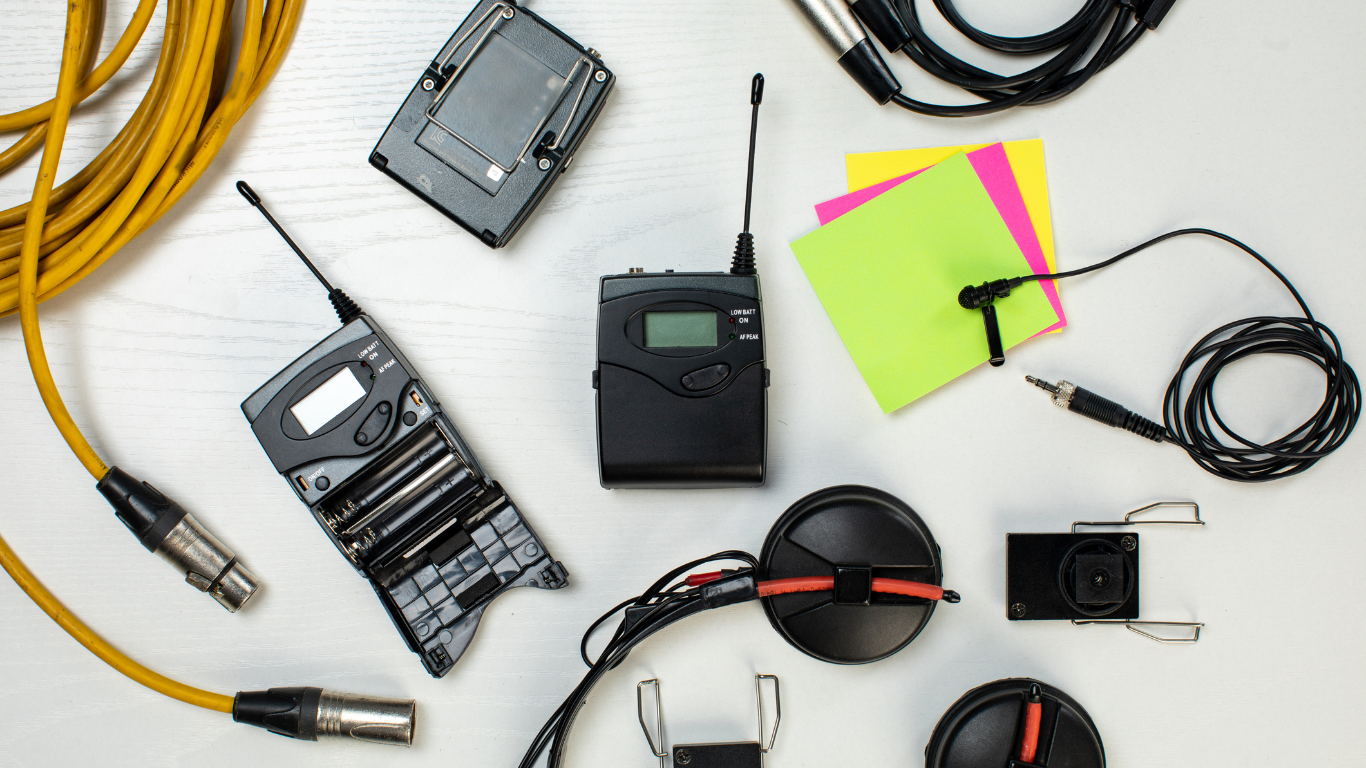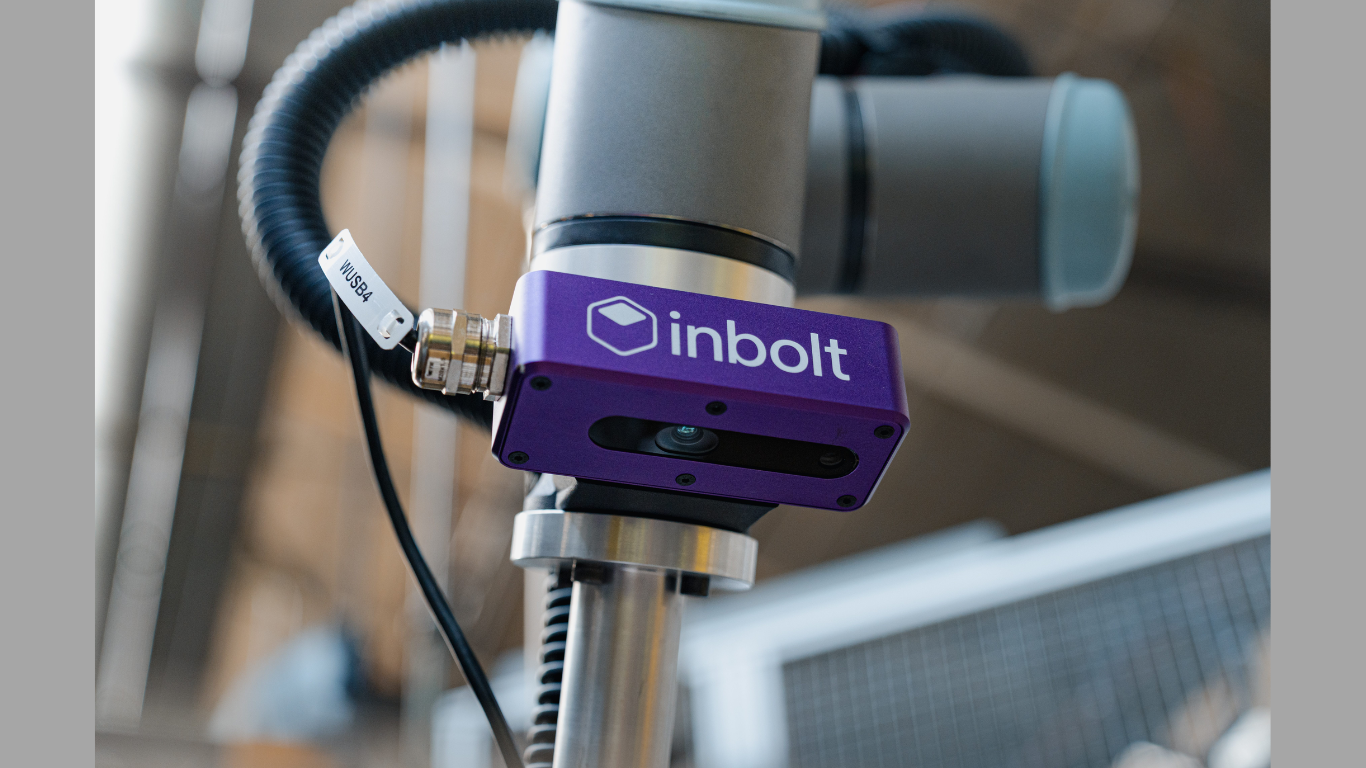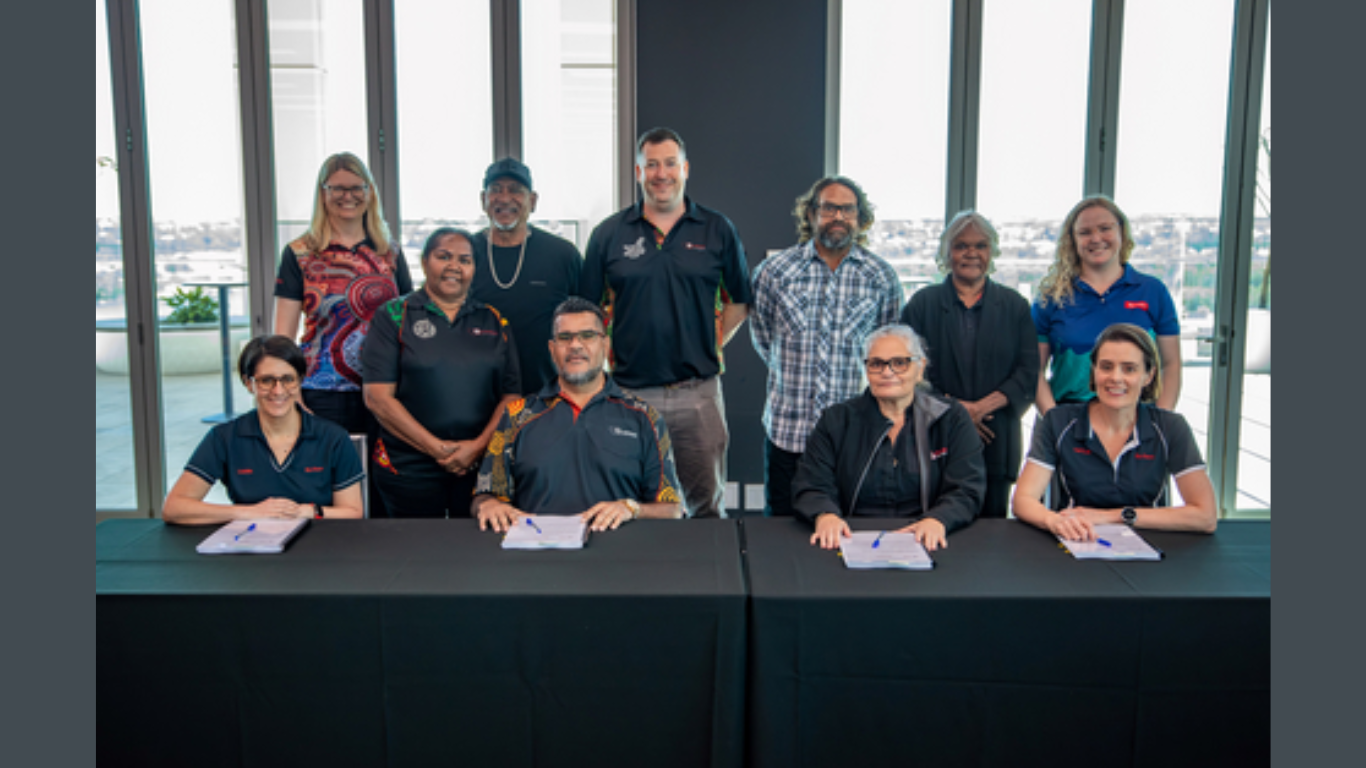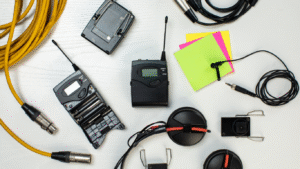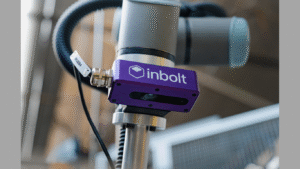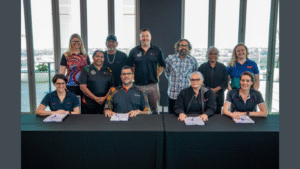I remember sitting across from Bob at a worn Formica table in the back office of his family’s gas station, the scent of stale coffee and gasoline faint in the air. He pushed a stack of crumpled receipts toward me; frustration etched into his face. “I work 80 hours a week,” he said, “but I have no idea if I’m making money or just spinning my wheels.”
Bob’s story isn’t unique. Most independent gas station owners drown in transactional data-daily fuel deliveries, convenience store sales, credit card fees-but miss the forest for the trees. They see revenue, not profitability. They track gallons pumped, but not customer behavior. They react to emergencies (a broken cooler, a fuel price hike) but don’t strategize.
Here’s the hard truth: In an era where mega-chains dominate and electric vehicles loom, surviving on “good enough” metrics is a recipe for closure. What is the difference between achieving success and getting by? A consistent and reliable KPI that is tracked and then acted upon.
This isn’t a theoretical guide. It’s a playbook forged from fixing real gas stations like Bob’s. We’ll dissect the five financial indicators that make or break your business, reveal industry benchmarks you’ve never seen, and show you how to turn numbers into actionable strategies. After all that, you might as well check out our Gas stations listings and decide if you want to invest into this industry.
Understanding the Basics of Gas Station Financials
The Unique Financial Landscape: Where Margins Hide in Plain Sight
Gas stations aren’t retail stores. They’re not restaurants. They’re hybrid businesses with three distinct profit centers, each behaving differently:
- Fuel Sales
- Volume-Driven: Profit per gallon is measured in pennies, not dollars.
- Elastic Pricing: A 2-cent price difference can send customers to the competitor across the street.
- Hidden Costs: Credit card fees (2-3% per transaction) chew into already slim margins.
- Convenience Store
- High-Margin Oasis: A bag of chips marked up 40%, a soda at 300% profit.
- Slow Movers vs. Fast Sellers: Snacks fly off shelves; motor oil might gather dust for months.
- Ancillary Services
- Car Washes: Recurring revenue with 60-70% margins if maintained properly.
- Air Pumps/Vacuums: Nearly pure profit after the initial equipment cost.
The Reports You Can’t Ignore
Your financial dashboard should include:
- P&L Statement: Displays revenues and expenses and net profits
- Gas Station Tip: Break it down by fuel, store, and services—blended numbers can hide issues.
- Balance Sheet
- Critical for: Spotting liquidity issues (e.g., can you pay suppliers if fuel prices spike?).
- Cash Flow Statement
- The killer: Many stations are “profitable” on paper but run out of cash due to timing gaps (e.g., paying fuel suppliers before customers pay at the pump).
Key Financial Indicators (KPIs) Every Gas Station Owner Should Monitor
1. Fuel Sales Volume vs. Gross Profit Margin
Myth: More gallons = more profit.
Reality: A 10% volume boost means little if margins drop 15%.
- Tracking Tips:
- Gallons/Day: Monitor trends; sudden drop? Check competitors’ prices.
- Cents/Gallon Profit: Revenue – cost per gallon. Target 10–15¢ after card fees.
2. Convenience Store Gross Margin Percentage
The Goldmine: While fuel operates at 5-10% margins, well-run convenience stores hit 30-35%.
- Gross Margin is (Revenue COGS) Example of Revenue: $1.50 soda, $0.50 cost, 66 percent margin.
Watch Out: - Shrinkage: Spoilage and theft can consume three to five percent of your earnings.
- Mix of Product The product mix includes tobacco, which has a small margin; drinks and snacks are high margin.
3. Inventory Turnover Ratio (Convenience Store)
The Nightmare Scenario: Money tied up in stale inventory.
- Inventory Turnover = COGS / Avg Inventory
Healthy: 8–12 turns/year. - Action: Discount or drop slow movers—like that dusty motor oil rack. It’s a $2K interest-free loan to your supplier.
Anecdote: A Michigan store owner cleared unsold stock and freed $15K to upgrade his POS system.
4. Debt Service Coverage Ratio (DSCR)
The loan killer The Banks Demand the DSCR 1.25+. Fall below, and you risk loan default.
- Math: Net Operating Income / Total Debt Payments
- Example: $120,000 annual net income / $100,000 debt payments = 1.2 DSCR (danger zone).
- How to Improve:
- Revenue side: Boost high-margin convenience sales.
- Cost side: Renegotiating the terms of fuel contracts, or refinance loans
Red Flag: DSCR below 1.0 means debt is draining your savings.
5. Labor Efficiency (Sales per Labor Hour)
The Overstaffing Trap: Paying two clerks to twiddle thumbs during slow afternoon hours.
- Metric: Total Sales / Total Labor Hours
- Benchmark: $100-$150/hour for well-run stores.
- Tactical Fix:
- Crosstrain fuel attendants to handle register rushes.
- Use historical data to schedule staff (e.g., fewer weekday mornings, more Friday nights).
Savings Tip: An Arizona station saved $1,200/month by trimming 15 labor hours/week—no impact on service.
From Data to Decisions: How to Act on Your KPIs
Fuel Pricing: The Psychology of the Sign
- Price Sensitivity: Ending in 9 boosts sales; 0 suggests quality. Customers notice even small price changes.
- Competitor Intel: Use GasBuddy to track rivals. If you’re 2¢ higher and sales dip, adjust quickly.
Convenience Store Hacks
- The “Hot Spot” Principle: Place high-margin items (energy drinks, lottery tickets) near checkout.
- Bundling: Offer a “car wash + soda” combo for $8 (vs. $6 + $3 separately). Perceived value lifts sales.
- Localize: A station near a high school stocked phone chargers and $1 slushies-sales jumped 22%.
Negotiating with Fuel Suppliers
- Volume Lever: Join co-ops to get bulk fuel discounts, even as a single-site owner.
Contracts: - Fixed Price: Stable, but no savings if prices fall.
- Index-Based: Riskier but benefits from price dips.
Conclusion: The KPI Mindset
Running a gas station isn’t about pumping gas-it’s about pumping profitability from every square foot. The stations that thrive monitor KPIs weekly, experiment relentlessly (e.g., testing snack placements or car wash promotions), and adapt faster than their competitors.
Bob learned this the hard way. Six months after we overhauled his KPIs, his net profit margin doubled-not by working harder, but by working smarter on the numbers that mattered.
Blog as received in the mail





